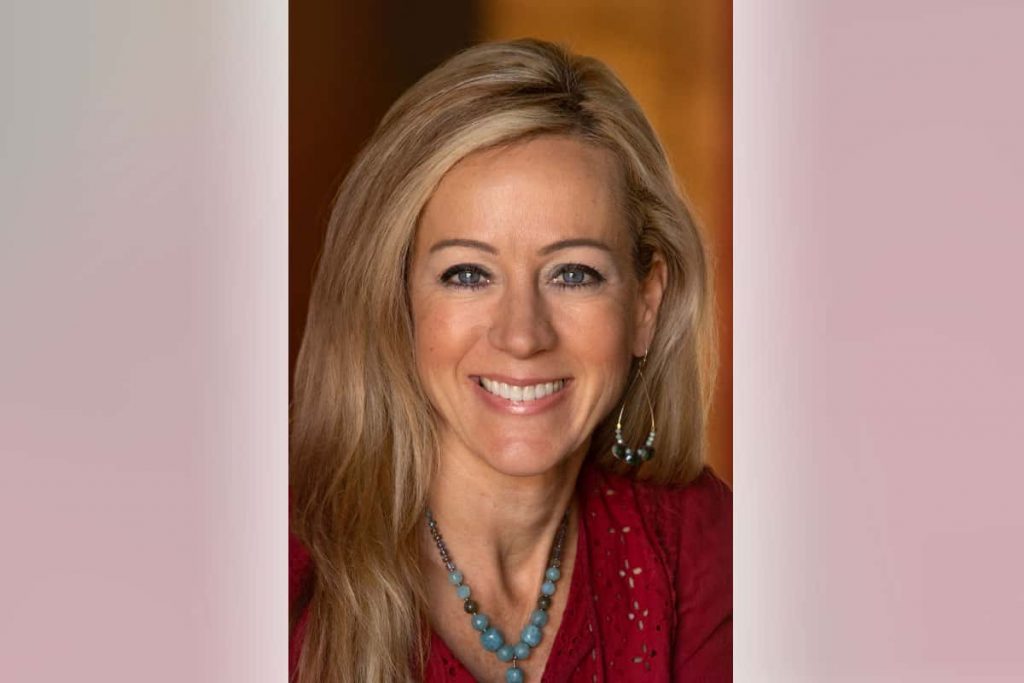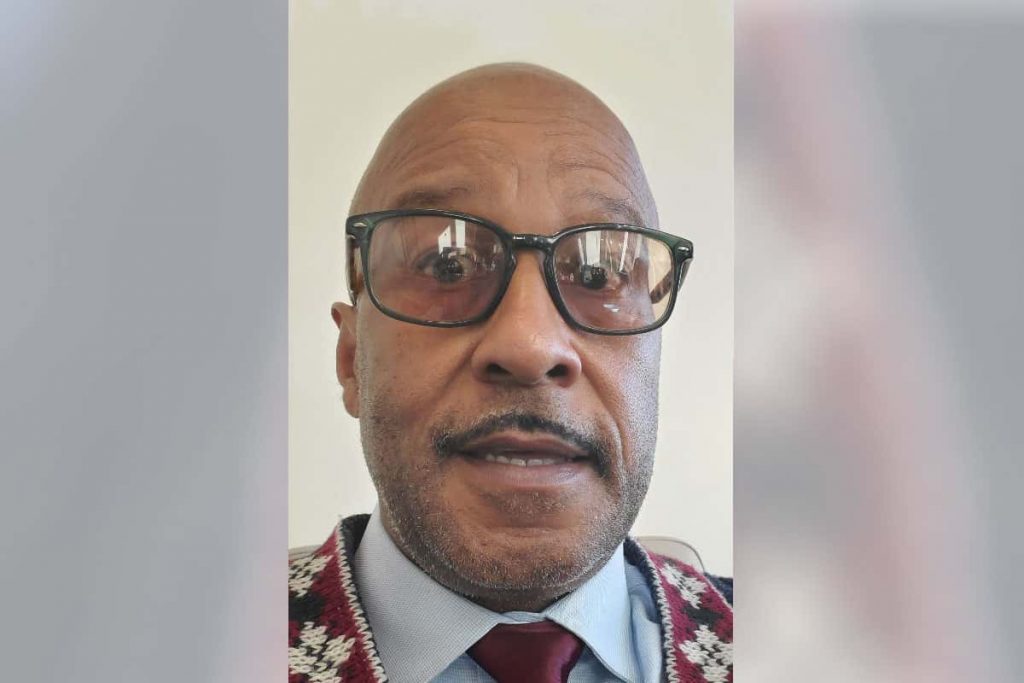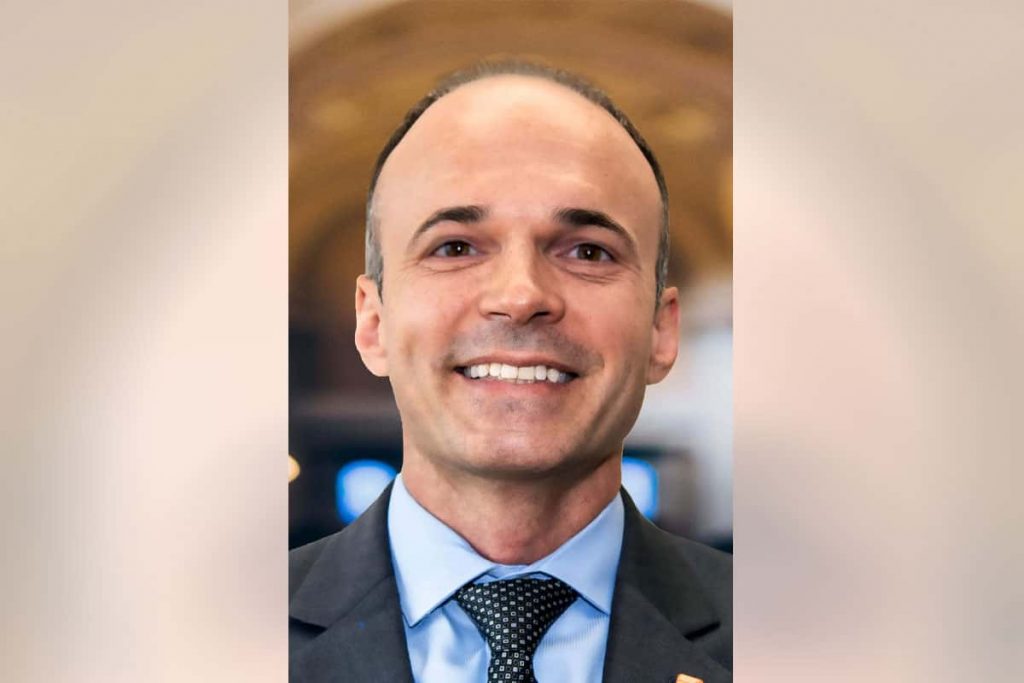
(Click on the orange arrows to advance the slideshow.)

Who could have predicted what 2020 would bring to the hemp industry?
No one of course.
But now thought leaders in the industry are looking forward with the hopes that 2021 is a bit more predictable.
That’s why we asked 21 hemp insiders to share their insights and expectations for the next 12 months.
Comments have been edited for length and clarity.

Patrick Atagi, board chairman, National Industrial Hemp Council
Domestically, we anticipate three things happening to further the hemp industry.
First, we believe that under the watchful eye of Congress, the Biden Administration will usher in certainty in the form of enforcement discretion that will regulate the supplemental value of CBD.
Second, we believe hemp will be solidified as a commodity of the future when all 50 states and U.S. territories have USDA-approved plans and inclusion into farm commodity programs at (the agency).
Last, we believe 2021 will be a critical year for the industry with the NIHC working to establish a national hemp checkoff program that conducts promotion, much-needed industry research and consumer education. This program will strengthen our industry and be the building block for our industry to keep growing for years to come.

Lorenza Romanese, managing director, European Industrial Hemp Association
The question of THC limits in EU food has a high chance of being solved, (and) big food companies could finally officially step into the hemp business.
CBD production and trading will increase, as the EU legal framework is clearer now. Only companies ensuring high quality will stay on the market, increasing their market share and their visibility. Compliance with existing provisions for food, food supplements and cosmetics will be mandatory to survive.

Angela Dawson, founder, 40 Acre Co-op
The 2021 hemp market will level out all of the volatility of 2020, and we will have better quality products and standards with more “specialty” cultivators who will lead the market.
Medicinal uses of CBD will continue to grow, and we will be able to discern the bad actors from the real practitioners.

Dozie Mbonu, chairman, National Hemp Association Standing Committee on Social Equity
My 2021 predictions:
- Hemp education will expand greatly.
- Adoption of emerging technologies within the industry will begin to come to the forefront.
- Hemp will now become a mainstream topic globally.
- Hemp-derived products of all types will become commonplace in households around the world.

Ry Russell, co-founder and CEO, Knot Plastic
My prediction is 2021 is going to really expose some significant weaknesses within the hemp supply chain. The industry has done a great job educating the world in 2020 about the many ways we can utilize hemp for a number of practical applications, yet there is a significant lack of infrastructure to support all of these applications.
I believe that there is major opportunity for growth in the processing of hemp for finished goods, and hopefully we will start to see that need being fulfilled within this next year.

Wendy Mosher, president and CEO, New West Genetics
What my company expects for 2021:
- Consideration of applications for hemp grain in animal feed.
- Greater collaboration across the supply chain. We need to realize we can’t exist without working together.
- Stabilization of pricing, though the days of even $10,000+ net profit per acre for biomass are gone.
- Still small acreage for CBD, as the FDA will likely not approve CBD in supplements this coming year. We are planning for that more towards the end of 2022/2023.
- And hopefully, little to no COVID!

Erica Halverson, founder and CEO, Tiny ePaper
Hemp stalks and all we can do with them will surpass CBD and cannabis for market share and revenue. We will truly think about hemp holistically and stop focusing on the seed and flower only.

Bryan Parr, agronomist, Legacy Hemp
Considering corn and soybean prices are on the rise and Canadian hemp grain prices are driving U.S. hemp grain prices lower, hemp grain acreage is likely to remain steady to slightly lower in the northern U.S. while acreage in the corn-belt states and South is likely to be significantly lower in 2021.
Hemp will likely remain more profitable than wheat but will struggle being more profitable than corn or soybeans.

I am feeling optimistic about 2021. States will continue filling the regulatory vacuum caused by a lack of federal oversight. I anticipate this will spur infrastructure support at the agency level.
Supply-chain development will be a focus. Expect international standards of identity for hemp feed and the approval of hemp seed meal for laying hens next year too.

Franny Tacy, executive owner, Franny’s Farmacy
It’s going to be big year for this industry.
E-commerce is going to get bigger. With all the regulations coming down, we’re going to see fewer processors, less manufacturing and a lot more business purchases.

Lance Robertson, president, Amerigreen Organics
We have no place to go but up. With the new administration coming in, it will bring a fresh air of opportunity to do business.
But I believe that as we drill down to the micro level, it’s all about creating a platform and a footprint that will sustain your business.

Asa Waldstein, founder, Supplement Advisory Group
Don’t expect to see any hemp regulatory action in the first half of 2021, as resources will likely be allocated to focusing on COVID relief including the vaccine distribution.
My prediction is very late 2021 we’ll see hemp/CBD regulation enacted treating it as a new dietary ingredient but not as a food, with a grace period of 90 to 180 days to comply.
Compiling safety data should be on the forefront of every CBD company’s mind now and takes time.

Lorenzo Rolim, president, Latin America Industrial Hemp Association
We should expect to see a more fast-tracked commoditization of hemp and an increase in consumption from North American and European markets.
What we are seeing in the fields (in Latin America) is that the region has an enormous potential to produce hemp grains and fiber at a fraction of the costs routinely practiced by European and North American producers, mainly due to the more tropical climate and abundantly available land and labor. The same trend should apply to CBD and other cannabinoids very soon.
A lot of investors in the industry are already aware of this fact and have been for some time now. We should see more investment coming into countries where regulations allow the production.

Shailesh Ganeriwala, managing director, OG Hemp
With federal legislation, smaller countries will speed up their hemp defining rules.
I am sure hemp paper and products will be a very important sector to watch out for in 2021. I expect a boom in industrial applications of cannabis products and Indian cannabis products reaching Europe and the United States.

Guy Carpenter, president, Bear Fiber Inc.
The raw-material supply chain for fiber will work itself out more quickly than most will predict, and it’ll be a combination of solid commercial producers … and entrepreneurs with their own processing equipment and systems.
The spinners, knitters and weavers are ready for something new (with demand) that fits into production systems smoothly, and there’s enough domestic sewing to handle the quantities likely available for 2021.

Ryan Douglas, founder, Ryan Douglas Cultivation
Hemp farmers in 2021 will continue to see increased price pressure on CBD biomass as more and more acres convert to hemp flower production. This pressure will likely be exacerbated by imports from South American suppliers of bulk CBD oils and isolates.
As a result, 2021 will see more farmers venturing into hemp for fiber and grain production since there are very few players and the possibilities hold much more potential than CBD production alone.

Rob Richard, president, Wisconsin Hemp Alliance
My prediction for 2021 is that we will get more regulatory certainty for hemp, especially for CBD, at the federal level.
I think we’ll see some positive movement at the USDA to finalize the (interim national hemp rule) in a way that is more beneficial to the industry than how the rule is currently written.

Mark Reinders, CEO, HempFlax
I foresee 2021 being a year of immense progress in building the necessary infrastructure, aided by further consumer impetus.
2021 will be the year where hemp farmers truly begin to realize that total crop valuation is the smartest way to operate. … Only those hemp farmers with a harvesting and processing plan in place will succeed as, until the end-market is identified and secured, growing hemp will likely be a loss-making activity.
The U.S. will continue to collaborate with experienced European farmers to process this multifaceted but difficult crop. Those producers realizing that quality starts in the field will thrive.

Aurelien Delecroix, president, Syndicat du Chanvre
The future of the CBD in France has never been more promising. Following the ruling of the European Court of Justice in the Kanavape case, the French authorities have recognized the need to develop the national regulatory framework.
With the expertise of the French hemp industry – still today the leader in Europe – France now has the means to become a reference for CBD products. Kanavape gave the French CBD sector the legitimacy it needed to become a fully viable and prosperous industry in the country.

Shomi Malik, development director, Association for the Cannabinoid Industry
The momentum will continue in 2021. I’m particularly excited for the U.K. market as the effects of the Food Standards Agency deadline will start being felt. For the first time, brands will be able to sell their products in an environment clear of ambiguity.
I cannot overstate how important this will be for the entire sector, especially as this paves the way for retailers to engage in a way that they haven’t previously.

Francesco Mirizzi, senior policy advisor, European Industrial Hemp Association
Big fashion brands already using hemp will assess the marketing potential of hemp blends. They might choose to increase the share of hemp fiber in their production lines, which will require major changes in production and transformation of the fiber.
India and China, two major yarn and textile manufacturers, will most probably consider changes in their hemp legislation.
In Europe, new decortication will start operating, and spinners will try to adapt their machinery to hemp fiber.
EU institutions will look at hemp as a possible diversification crop for farmers and as a carbon-storage opportunity.

